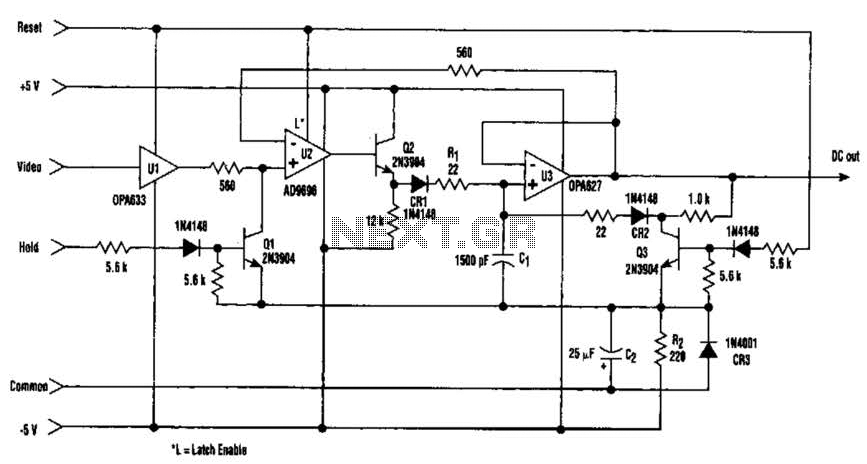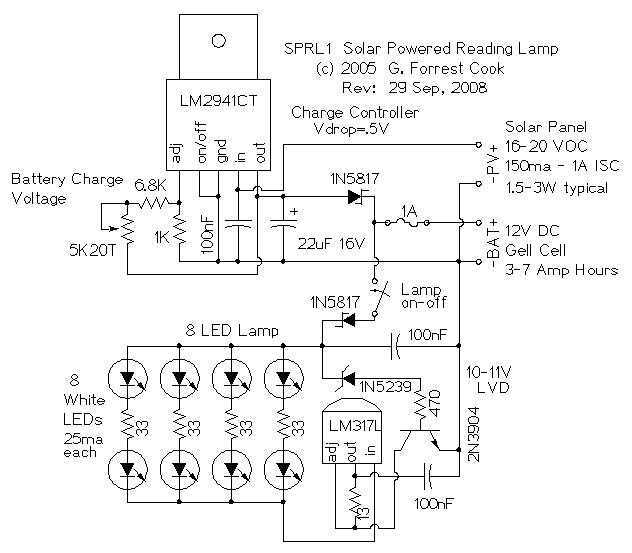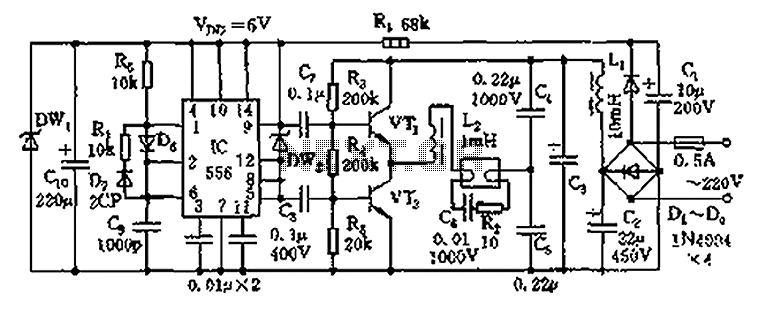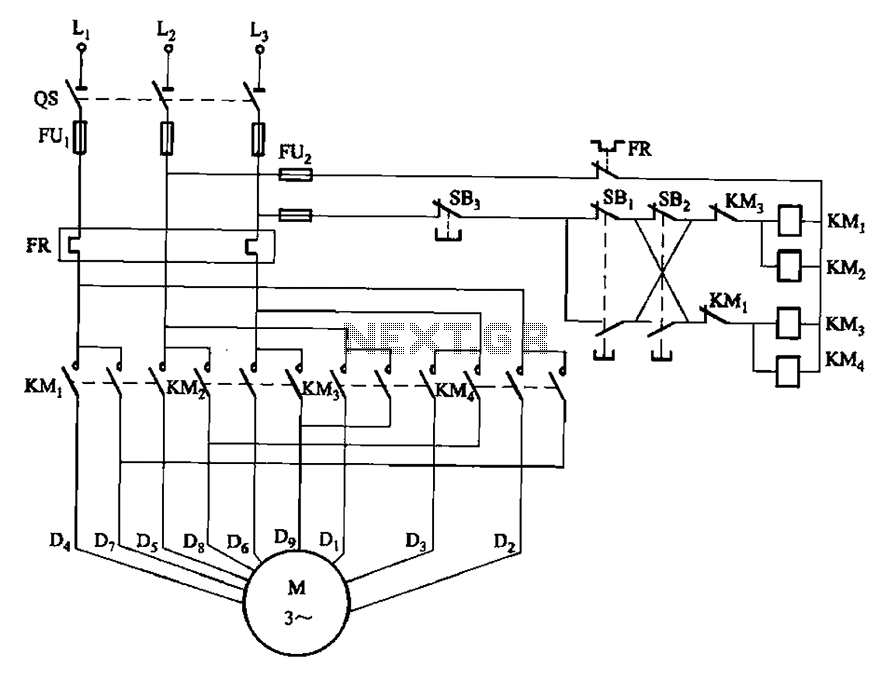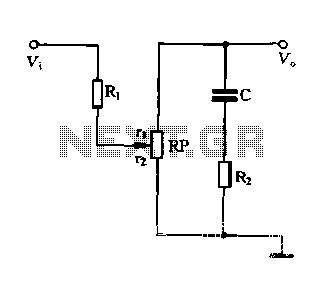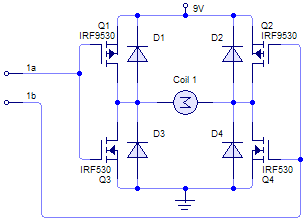
Automatic light control one lamp lighting circuit b
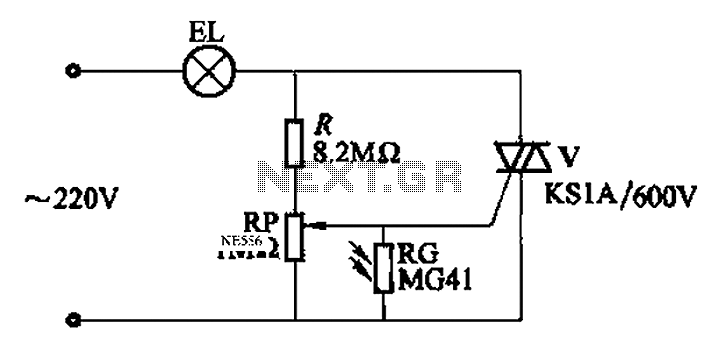
An automatic light control circuit is designed to illuminate a lamp when it is dark and to turn off the light at daybreak. The circuit, as shown in Figure 2-86, employs bidirectional thyristor tubes and features a straightforward design. In scenario (a) of Figure 2-86, when the photoresistor RG is not exposed to light, the lamp remains off, and the capacitance of capacitor C should be increased. A notable limitation of this circuit is that the lights tend to flicker briefly before turning on or off automatically. In scenario (b) of Figure 2-86, the brightness of the light can be adjusted using a potentiometer RP, making the circuit suitable for use as a night light.
The automatic light control circuit utilizes a photoresistor (light-dependent resistor) to detect ambient light levels. When the light intensity falls below a certain threshold, the photoresistor's resistance increases, triggering the thyristor to conduct and illuminate the lamp. Conversely, during daylight, the resistance of the photoresistor decreases, causing the thyristor to turn off and extinguish the lamp.
In the first configuration (Figure 2-86 (a)), the capacitor C plays a crucial role in stabilizing the circuit's operation. If the circuit experiences flickering, increasing the capacitance can help smooth out the voltage fluctuations, providing a more stable operation. This adjustment is essential for ensuring reliable performance, particularly in environments with varying light conditions.
The second configuration (Figure 2-86 (b)) incorporates a potentiometer RP, allowing users to fine-tune the brightness of the lamp. This feature is beneficial in applications where different illumination levels are desired, such as in night lights, where a softer glow may be preferable. The ability to adjust brightness enhances the versatility of the circuit, making it suitable for various lighting applications.
Overall, this automatic light control circuit is a practical solution for energy-efficient lighting, providing convenience and adaptability based on the surrounding light conditions. The simplicity of the design, combined with the functionality of the components used, makes it an effective choice for automatic lighting systems. Automatic light control circuit lights automatically illuminate the lamp when dark, lights automatically turn off when daybreak. (1) One of the automatic light control circuit lighting circuit 286 shown in FIG. Both circuits are bidirectional thyristor tube, the circuit is simple. For Figure 2-86 (a). If the photoresistor RG no light when light is off, the capacitor C should be increased capacity. Inadequacies of the circuit in the sense that before each automatic lights on or off flicker. For Figure 2-86 (b), adjustment potentiometer RP, can change the brightness of the light. The circuit can be used as night light use.
The automatic light control circuit utilizes a photoresistor (light-dependent resistor) to detect ambient light levels. When the light intensity falls below a certain threshold, the photoresistor's resistance increases, triggering the thyristor to conduct and illuminate the lamp. Conversely, during daylight, the resistance of the photoresistor decreases, causing the thyristor to turn off and extinguish the lamp.
In the first configuration (Figure 2-86 (a)), the capacitor C plays a crucial role in stabilizing the circuit's operation. If the circuit experiences flickering, increasing the capacitance can help smooth out the voltage fluctuations, providing a more stable operation. This adjustment is essential for ensuring reliable performance, particularly in environments with varying light conditions.
The second configuration (Figure 2-86 (b)) incorporates a potentiometer RP, allowing users to fine-tune the brightness of the lamp. This feature is beneficial in applications where different illumination levels are desired, such as in night lights, where a softer glow may be preferable. The ability to adjust brightness enhances the versatility of the circuit, making it suitable for various lighting applications.
Overall, this automatic light control circuit is a practical solution for energy-efficient lighting, providing convenience and adaptability based on the surrounding light conditions. The simplicity of the design, combined with the functionality of the components used, makes it an effective choice for automatic lighting systems. Automatic light control circuit lights automatically illuminate the lamp when dark, lights automatically turn off when daybreak. (1) One of the automatic light control circuit lighting circuit 286 shown in FIG. Both circuits are bidirectional thyristor tube, the circuit is simple. For Figure 2-86 (a). If the photoresistor RG no light when light is off, the capacitor C should be increased capacity. Inadequacies of the circuit in the sense that before each automatic lights on or off flicker. For Figure 2-86 (b), adjustment potentiometer RP, can change the brightness of the light. The circuit can be used as night light use.
